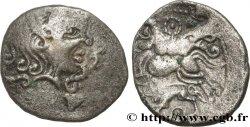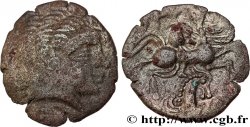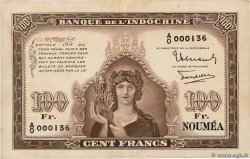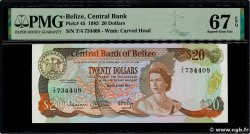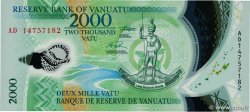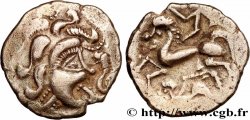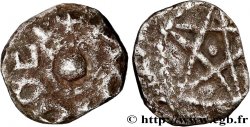Live auction - bga_811781 - VENETI (Area of Vannes) Statère d'électrum au personnage recroquevillé ailé – à l’aurige et à la croix
You must signin and be an approved bidder to bid, LOGIN TO BID. Accounts are subject to approval and the approval process takes place within 48 hours. Do not wait until the day a sale closes to register. Clicking on "BID" constitutes acceptance of the terms of use of cgb.fr private live auctions.
Bids must be placed in whole Euro amounts only. The sale will start closing at the time stated on the item description; any bids received at the site after the closing time will not be executed. Transmission times may vary and bids could be rejected if you wait until the last second. For further information check the Live auction FAQ
All winning bids are subject to a 18% buyer’s fee.
All winning bids are subject to a 18% buyer’s fee.
| Estimate : | 4 000 € |
| Price : | no bid |
| Maximum bid : | no bid |
| End of the sale : | 04 June 2024 15:29:00 |
Type : Statère d'électrum au personnage recroquevillé ailé – à l’aurige et à la croix
Date: c. 80-50 AC.
Mint name / Town : Vannes (56)
Metal : electrum
Diameter : 20 mm
Orientation dies : 9 h.
Weight : 6,96 g.
Rarity : INÉDIT
Coments on the condition:
Flan centré, éclaté à 5h. Belle tête. Patine de collection
Predigree :
Avec son certificat d’exportation n°225394 délivré par le Ministère français de la Culture
Obverse
Obverse legend : ANÉPIGRAPHE.
Obverse description : Tête à droite, la chevelure divisée en grosses mèches en forme d'esses entourées de cordons perlés ; le sourcil finement travaillé et le cou entouré de segments perlés.
Reverse
Reverse legend : ANÉPIGRAPHE.
Reverse description : Cheval androcéphale (?) à gauche, conduit par son aurige ; un petit personnage recroqueville ou ailé (?) à gauche, sous le cheval.
Commentary
Ce statère semble totalement inédit, mais il est possible de trouver des similitudes avec certaines monnaies du trésor d'Hennebont. Il est intéressant de noter que le nez au droit et celui de l'androcéphale au revers sont traités de la même façon. Bien qu'il s'intègre dans les séries « au personnage recroquevillé » ou « au petit personnage ailé », par son style et sa typologie, ce statère semble complètement inédit. Son attribution aux Vénètes est probable au regard des dernières études (cf. entre autres le colloque de Brest en mai 2013).








 Report a mistake
Report a mistake Print the page
Print the page Share my selection
Share my selection Ask a question
Ask a question Consign / sell
Consign / sell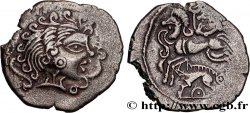
 Full data
Full data
